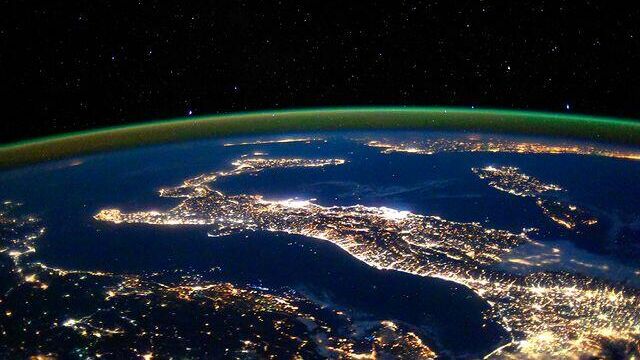
MOSCOW, August 9 The conditions of the space environment are not 100% fatal for all living organisms living on Earth, for example, our planet itself can spread microorganisms into outer space, said Elena TsNIIMash, chief specialist Shubralova.
The «Test» experiment has been conducted on the International Space Station (ISS) since 2010. It involves cosmonauts collecting fine sediment from the outer surface of the station and then delivering it to Earth for transfer to scientists. The analyses carried out with the samples help to find out whether there are microorganisms outside the ISS, how they got there, and how resilient they are in space. Also, as part of the experiment, samples with identified microorganisms are placed on the outer surface of the station to study how long they can remain viable. 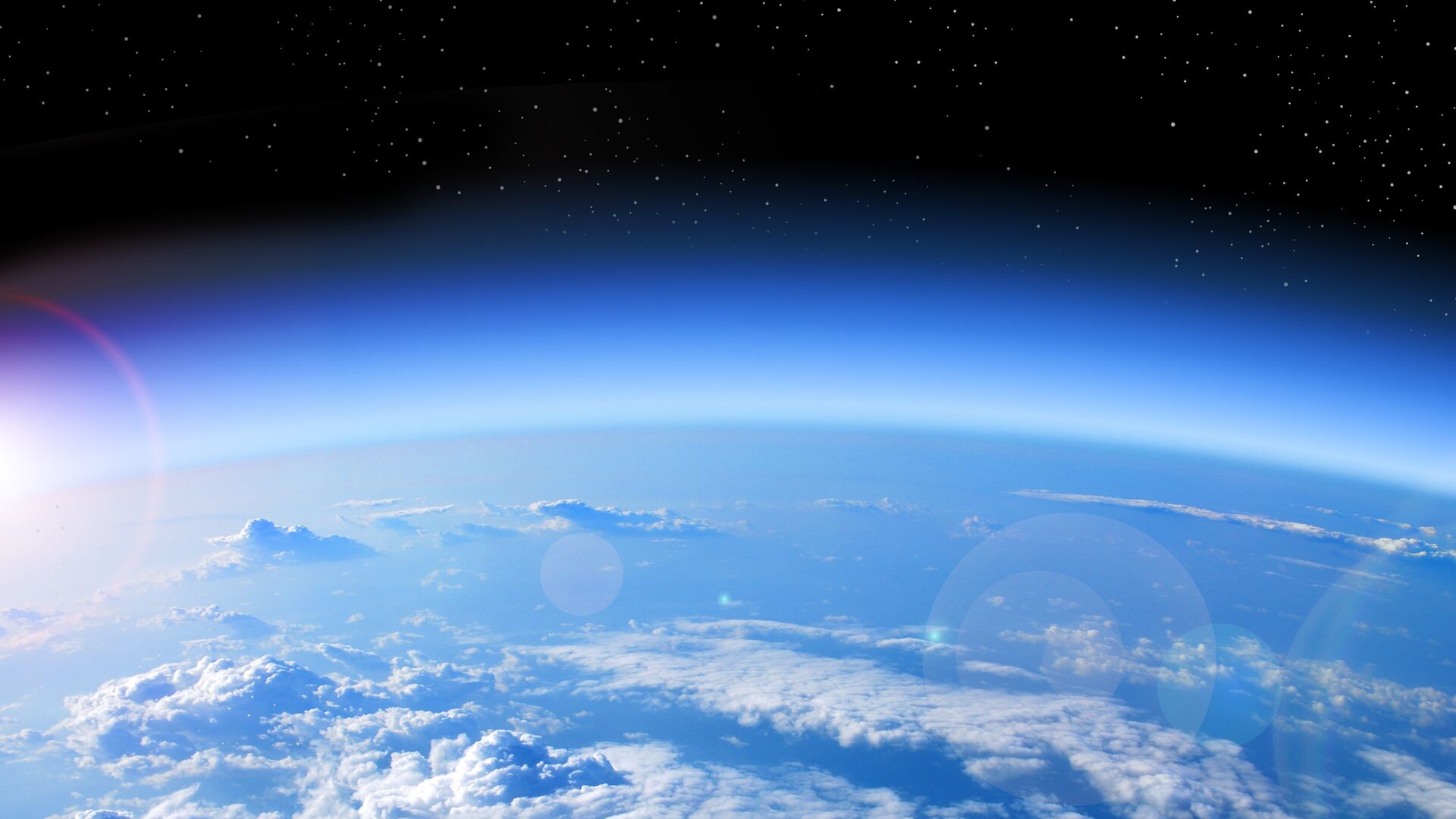
«Exhibition in open space of collection samples as part of the «Test» experiment showed that lyophilized microorganisms are not killed by UV radiation and radiation. The postulate about the sterilization of spaceships by cosmic rays in outer space conditions is not confirmed. The hypothesis of «panspermia in reverse» arises: the Earth can spread life into outer space,» Shubralova said.
According to her, the microorganisms could have become resistant to the conditions of the space environment after they were subjected to a process in space similar to lyophilization (or sublimation drying), known to all microbiologists. In a vacuum in orbit, microorganisms are dehydrated due to the fact that the ISS is periodically in sunny and shaded areas. On Earth, this process is used for long-term storage of microorganisms in collections.
«The absence of mutational changes in the exposed biological objects proves their resistance to the conditions of outer space. They not only survive, but also maintain an active metabolism, allowing them to repair mutations caused by cosmic rays, ultraviolet radiation, X-rays and the aggressive environment around the object,» noted Shubralova. 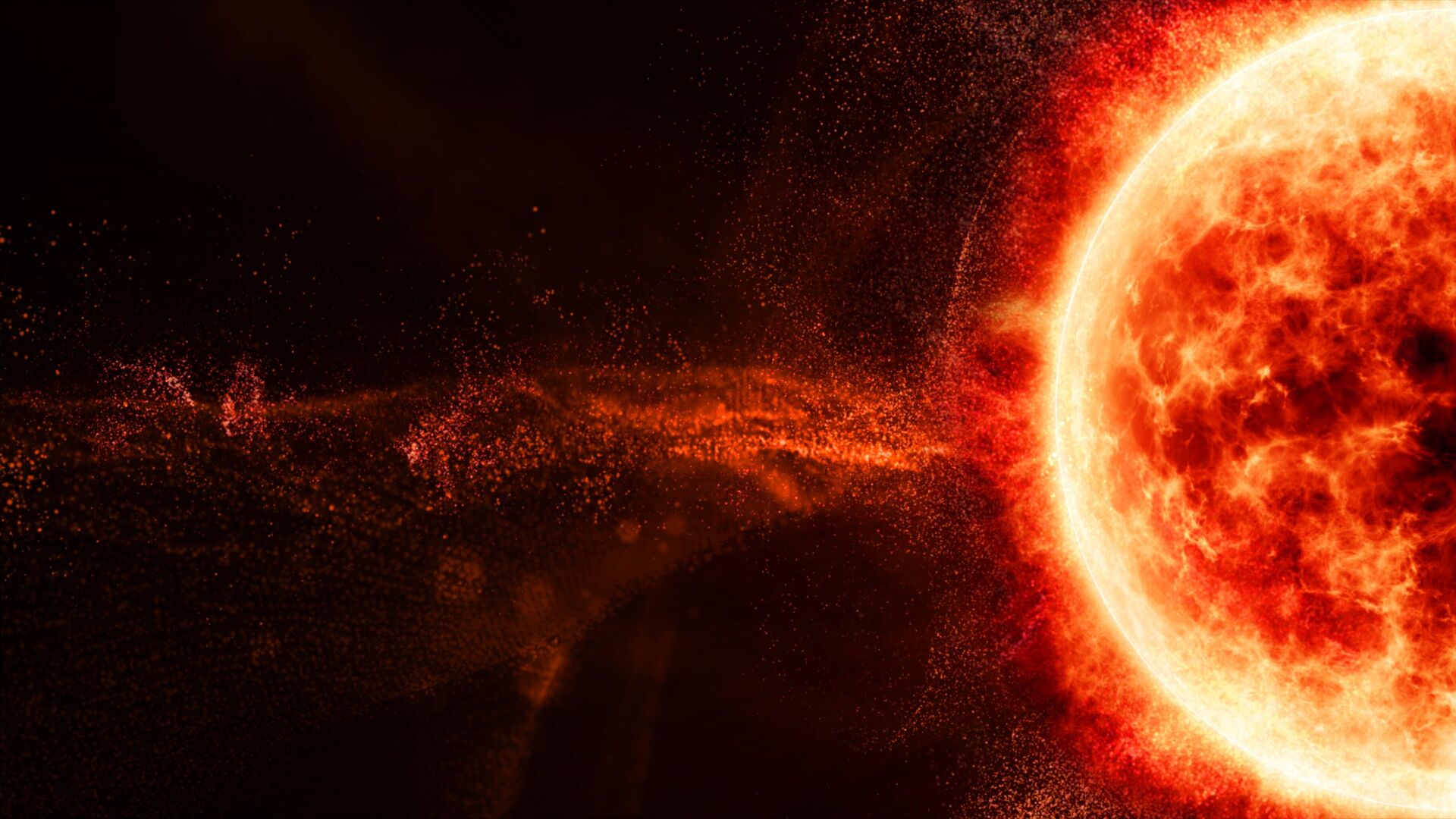


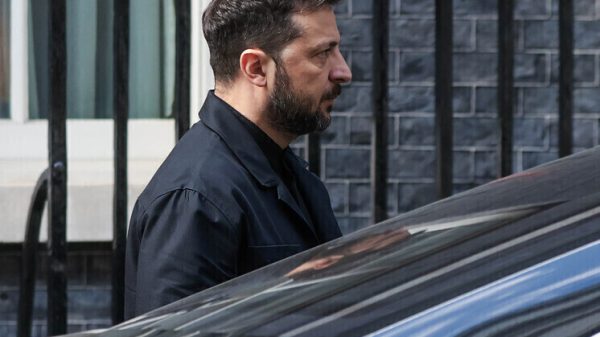

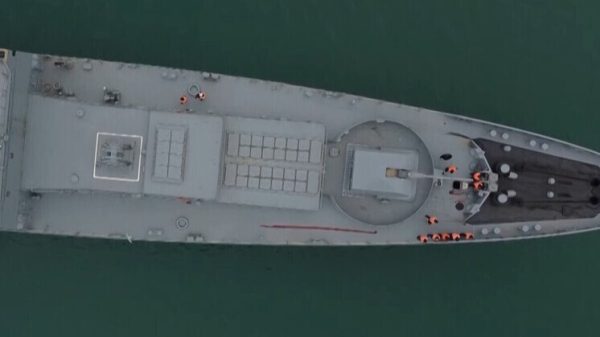



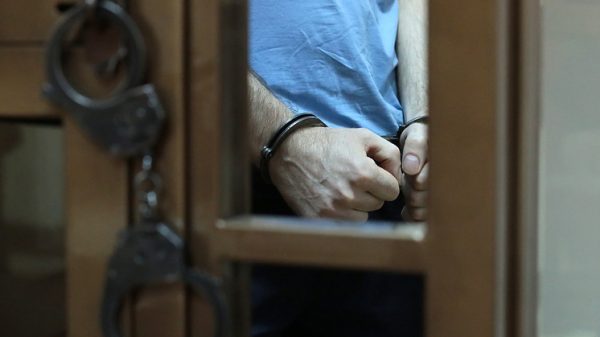
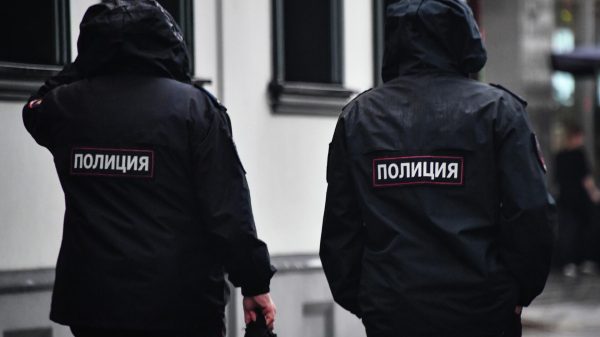







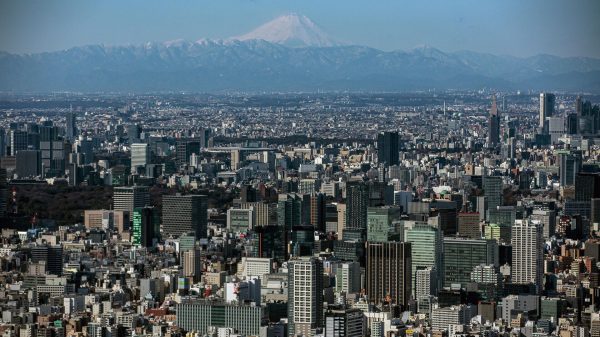


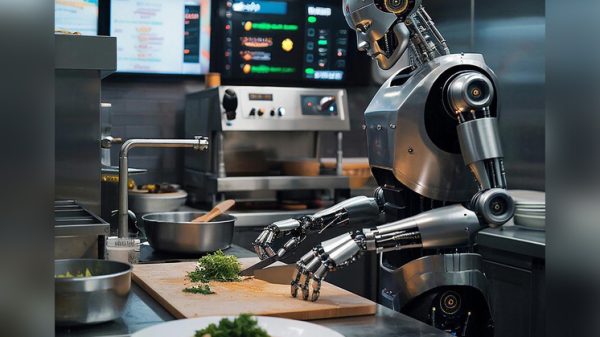
































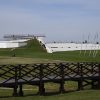




Свежие комментарии